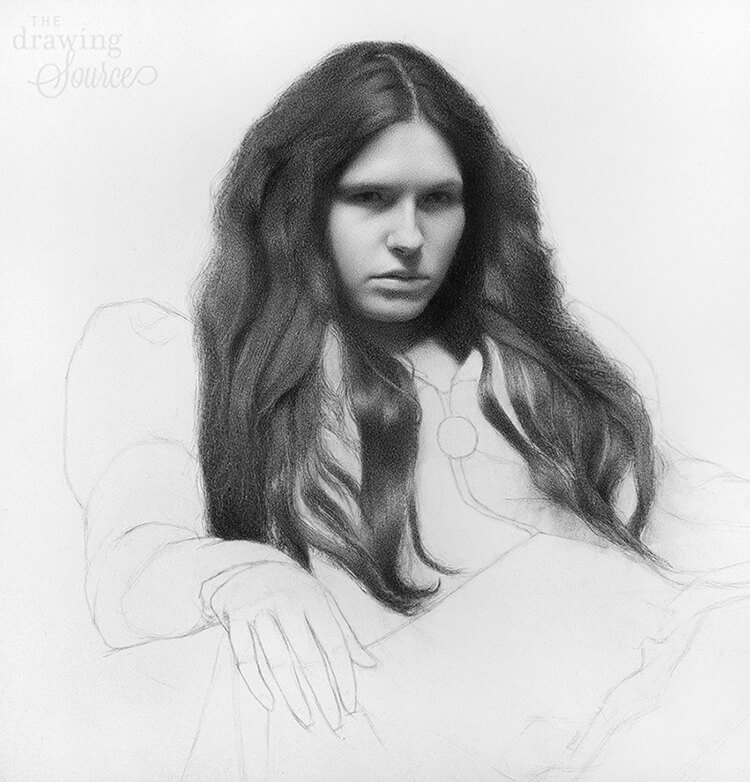

Explore how other artists use materials and shading to capture depth and movement in their designs. Just as you may look to other designers for clothing inspiration, look at other croquis drawings before you start sketching. From there, you'll find your own signature croquis style.

While it can be helpful to use a croquis template as you’re learning to draw, don’t be afraid to explore different body shapes and poses. Additionally, the details and facial features of croquis are often indistinct so the focus remains on the clothes. This helps show the movement of the garment and how the clothes will drape on a person. The average human body is about seven heads tall, but croquis often spun from eight to eleven heads tall. The fashion model figure is exaggerated with elongated legs, arms and neck. "Croquis are taller and disproportionate to a human body,” says designer Saudamini Madra. So before you cut fabric and sew seams, you must solidify your ideas and create your own croquis. “Whether you’re working with seamstresses, pattern makers, fabric suppliers or sales reps, croquis can help everyone visualise what a collection will be,” explains fashion designer and creative director Lynn Doherty. These expressive fashion illustrations bring an artist’s design to life. Pay attention to bend lines (the curve of the rib cage, etc.) as those angles and lines are crucial to creating a figure that doesn't look like it has dislocated body parts.In fashion, a croquis is a quick sketch of an ensemble.Draw the waist as a horizontal line that’s shorter than the shoulder and hips lines. It’s common to sketch the shoulders and hips tilted in opposite directions, in a position called contrapposto, or counterpose.The torso should measure about two heads in length. Notice how the waist is smaller than the lower portion of the body and hips. Refer to pictures of models in magazines or advertisements for reference. When you’re finished, the torso should look like a normal torso you would see on a body.As with a real human body, the shoulders should be the same width as the hips, or the top of the pelvic box. The torso should extend upwards, bending in the midway at the waist and extending out again at the shoulder. Extend the torso lines upward from the two corners of the pelvic square. Don’t worry too much about creating an accurate-looking model or adding features to the face.ĭraw the torso and shoulders. Note that when you’re designing clothes, a proportional model isn't required, because the clothing is what is being showcased, not your figure drawing skills.You want this line to extend from the top of the model's head to the ground that she is standing on.

For example, if you want the model to be posed with her hips tilted slightly to her left, draw a straight balance line in the middle of the page.

You can think of the croquis as the skeleton of the model. This is the base of your croquis, and from this, a proportional drawing can be made. Draw it from the top of the head to the tip of the toes, along the backbone of your croquis. This is the first line of your sketch, and it represents your model’s center of gravity.


 0 kommentar(er)
0 kommentar(er)
